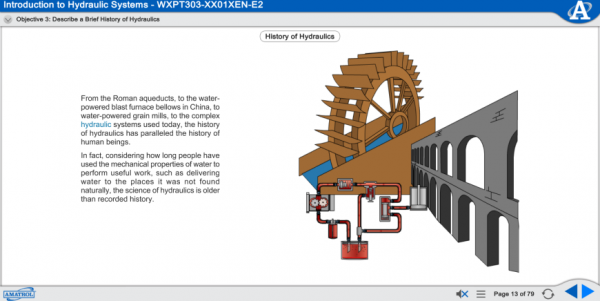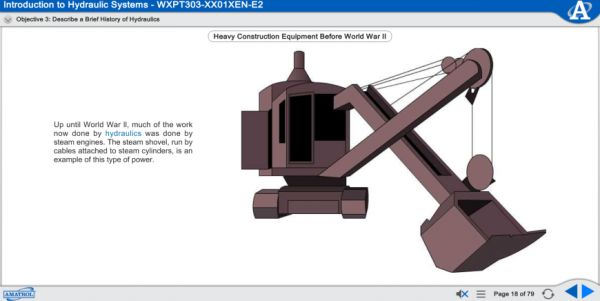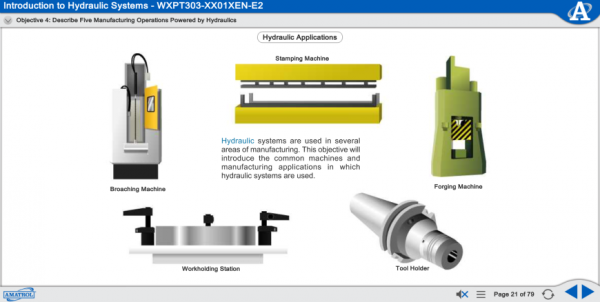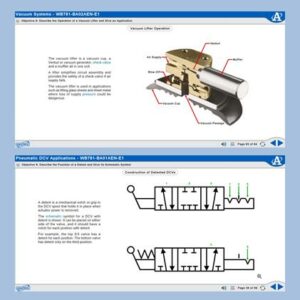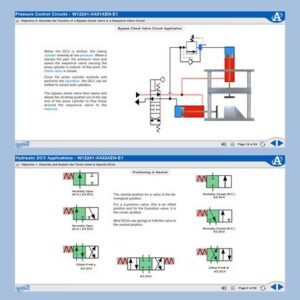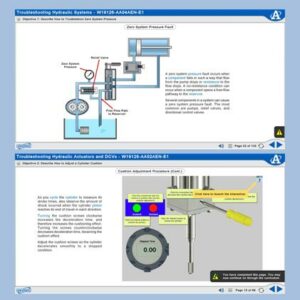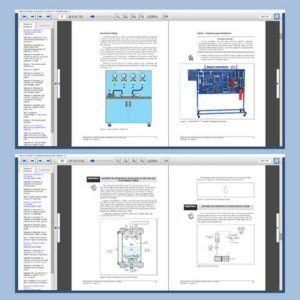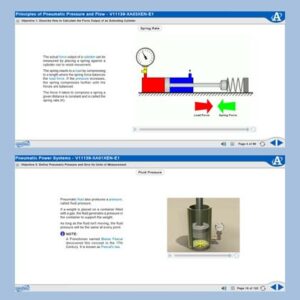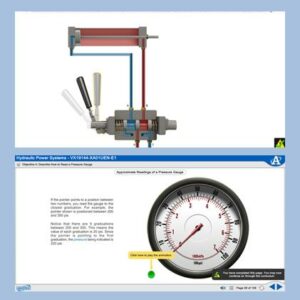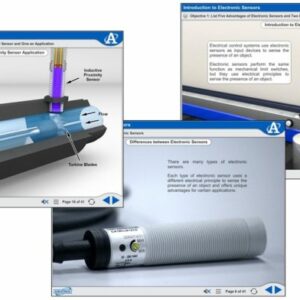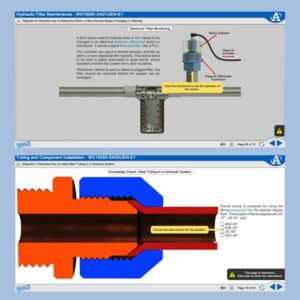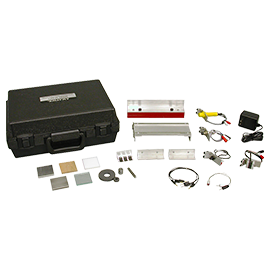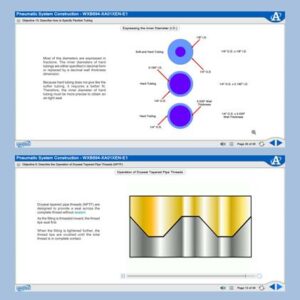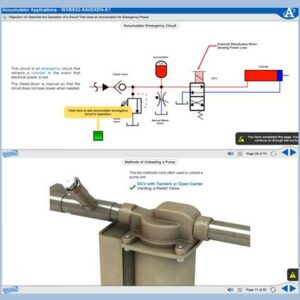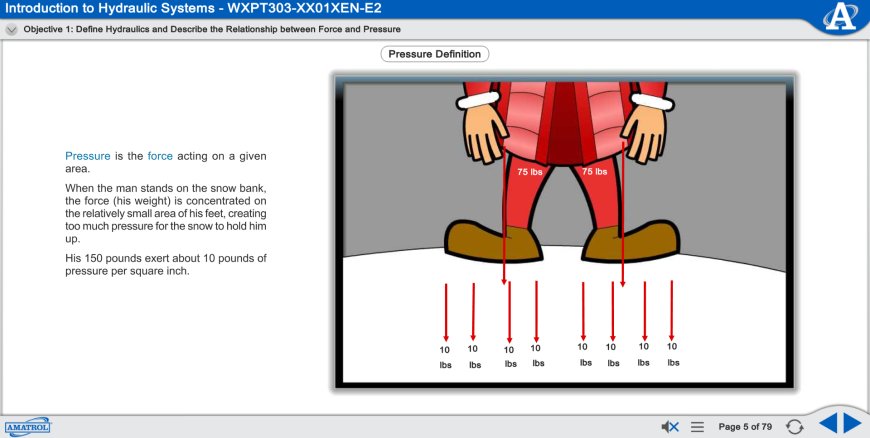
Requires:
- Computer (see Computer Requirements)
The Principles of Hydraulics eLearning course introduces the theory and application of hydraulics in manufacturing. The learner studies the fundamentals of hydraulic theory; the form, fit, and function of components of a hydraulic system; common applications of hydraulics in manufacturing; and how to safely operate and maintain hydraulic systems. Specific objectives include: the difference between force and pressure; recognizing the common hydraulic schematic symbols; common hydraulic manufacturing applications; the main types of hydraulic hazards; and the basic steps of operator maintenance.

